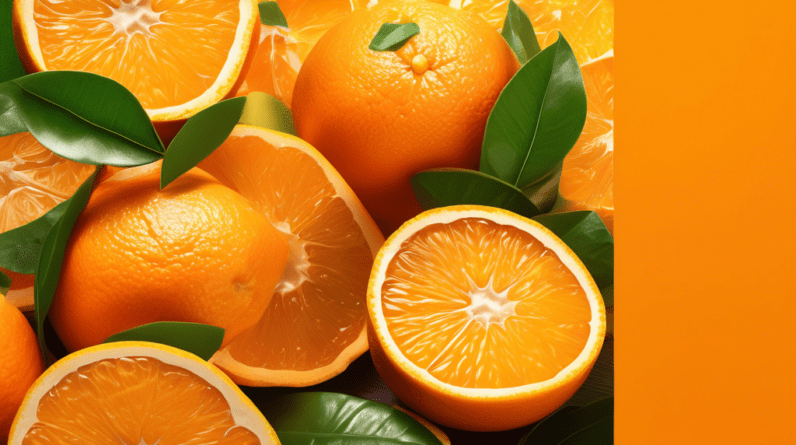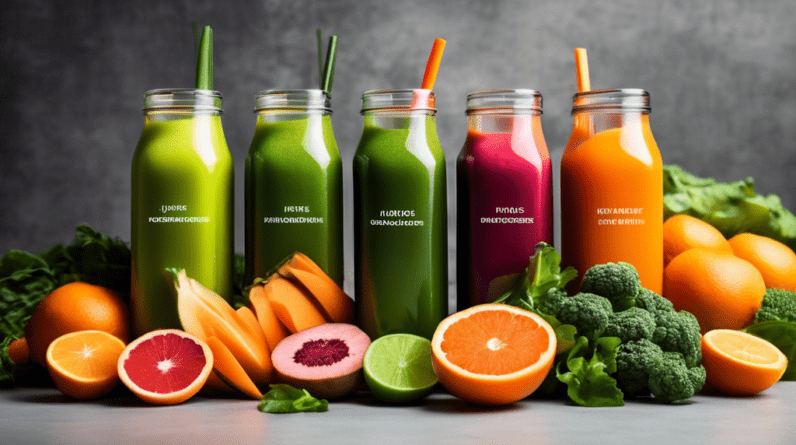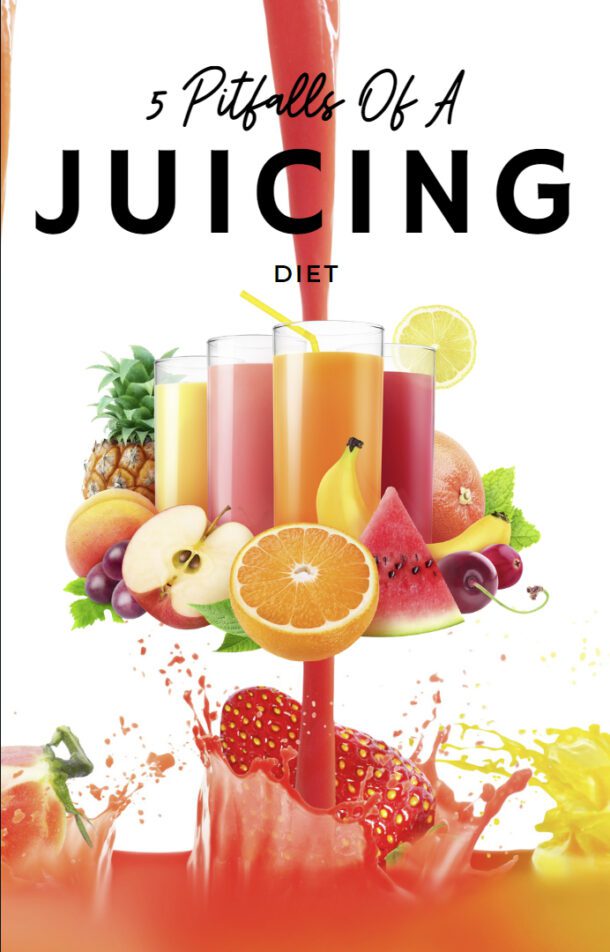
When it comes to nutrition, the debate between juicing and eating whole fruits and vegetables has garnered much attention. Many people turn to juice as a quick and convenient way to boost their intake of vitamins and minerals. However, it is essential to understand the implications of juicing compared to consuming whole foods, especially regarding fiber content and overall health benefits.
Understanding the Importance of Fiber
Juicing, while an efficient way to consume a variety of fruits and vegetables, removes the fiber that is vital for maintaining good health. Fiber plays a crucial role in digestion, helping to regulate blood sugar levels and reduce the risk of heart disease. Without fiber, the sugars from juiced fruits and vegetables are absorbed quickly, potentially leading to spikes in blood sugar followed by a crash.
Fiber contributes not just to digestive health but also aids in weight management. It promotes a feeling of fullness, which can help prevent overeating. Whole fruits and vegetables provide this necessary fiber, which has been linked to a reduced risk of chronic diseases, making them the preferred nutritional choice for many health experts.
The Case for Whole Foods Over Juicing
Nutritional studies lean heavily in favor of whole food consumption. Whole fruits and vegetables not only deliver essential vitamins and minerals but also contain fiber and antioxidants that are often lost during juicing. For instance, a glass of orange juice typically has more calories and sugar than an entire orange, which not only has lower sugar content but also comes with beneficial fiber.
Another option to consider is blending, which retains the fiber and nutrients. Unlike juicing, blending allows for better nutritional absorption and keeps the health benefits intact. Blending breaks down cell walls, making it easier for the body to access nutrients while still providing the digestive benefits of fiber.
Ultimately, the decision to juice should be accompanied by caution and an understanding of its limitations. If you choose to consume juice, opt for 100% fruit or vegetable juice and avoid excessive additions that could increase sugar content. In most cases, opting for whole fruits and vegetables or blended alternatives will yield better health outcomes and support a balanced diet.






